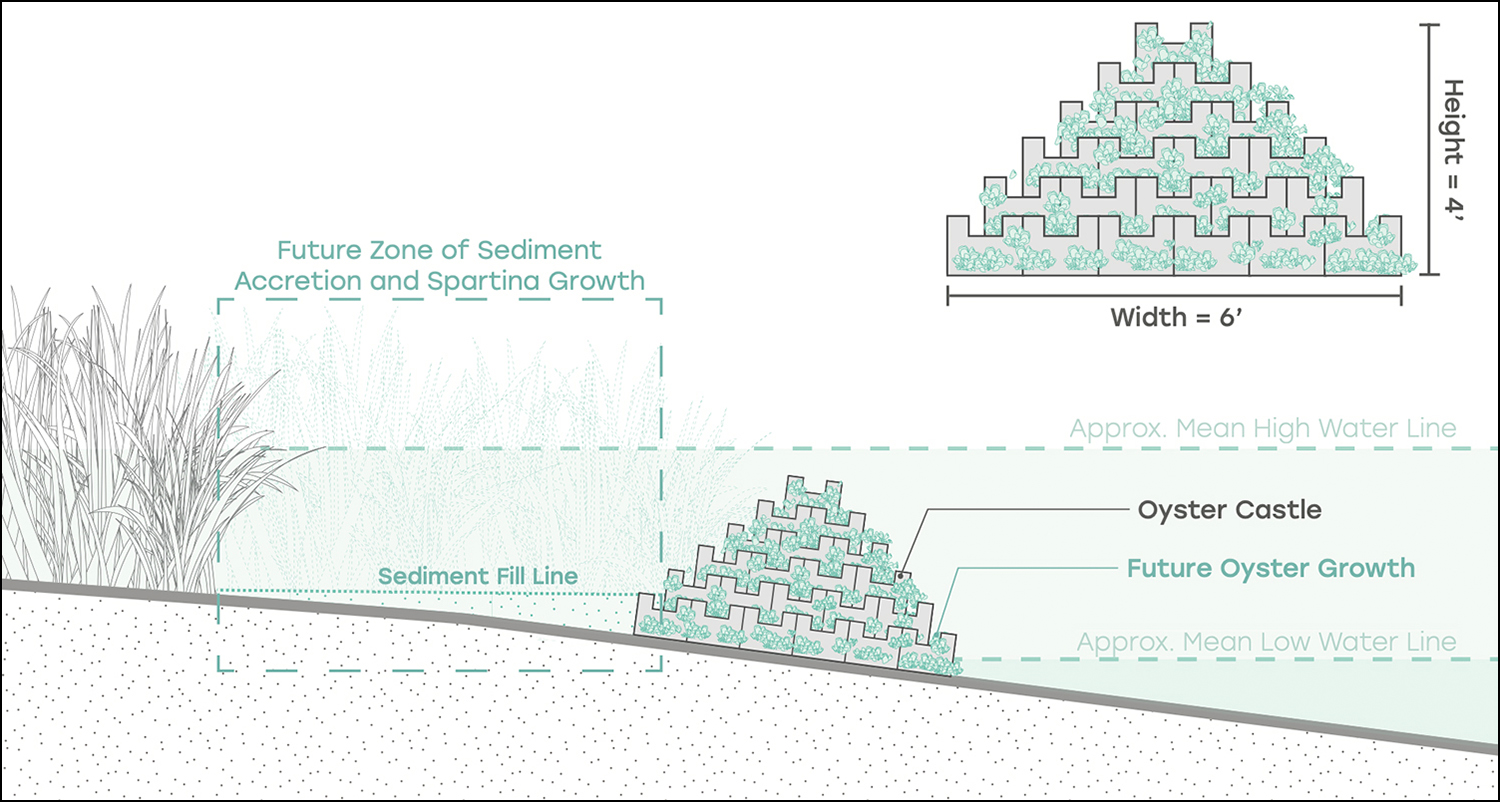CAPE CHARLES, Va. — The Virginia Department of Environmental Quality (DEQ) will resume audits and inspections to ensure compliance with the Chesapeake Bay Preservation Act. This initiative aims to enhance environmental protection efforts and support the ongoing restoration of the Chesapeake Bay.
According to Planning & Zoning Administrator Katie Nunez, Cape Charles is one of the first localities to be inspected. Nunez told the Wetlands & Dune Board on July 17th that the Town has been in contact with DEQ, and that she is confident Cape Charles has been fully compliant with the Act. The Mirror will provide more information as the process continues.
The DEQ’s renewed focus on audits and inspections will involve thorough evaluations of properties and activities within the Chesapeake Bay watershed. These assessments are designed to ensure adherence to regulations aimed at reducing pollution and preserving natural resources in the bay area.
Local authorities and property owners are expected to cooperate with DEQ officials during the inspection process to promote sustainable practices and improve water quality in the Chesapeake Bay.

